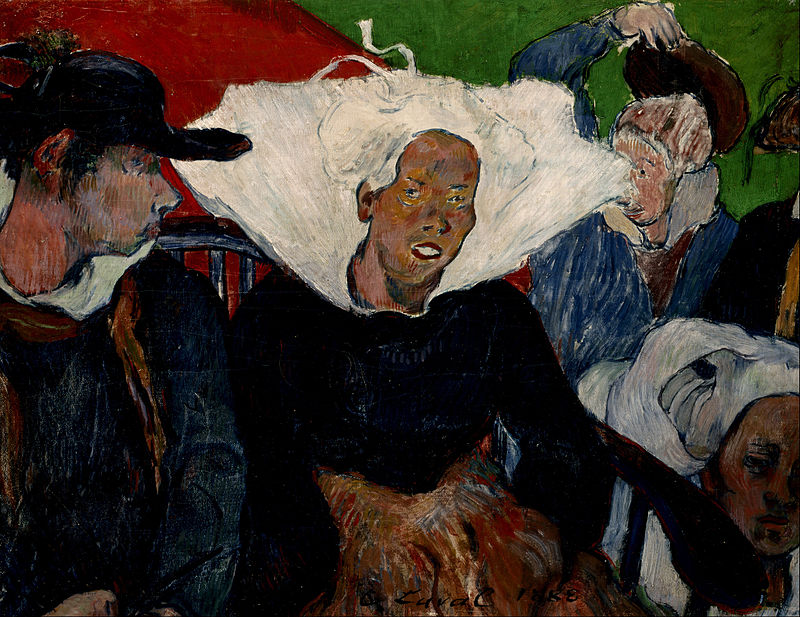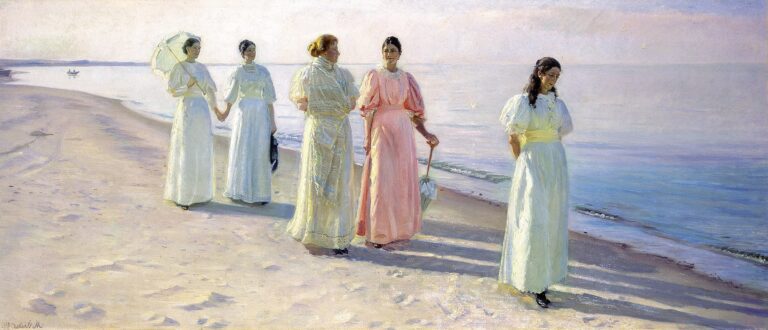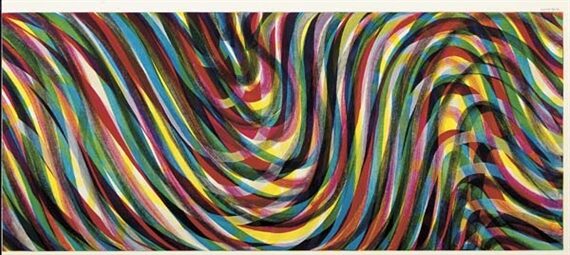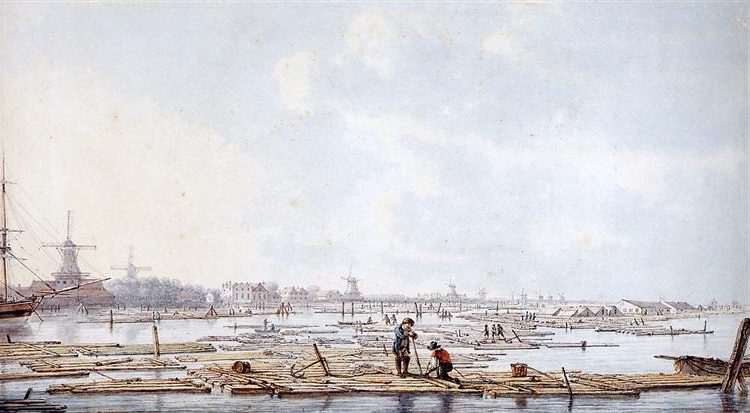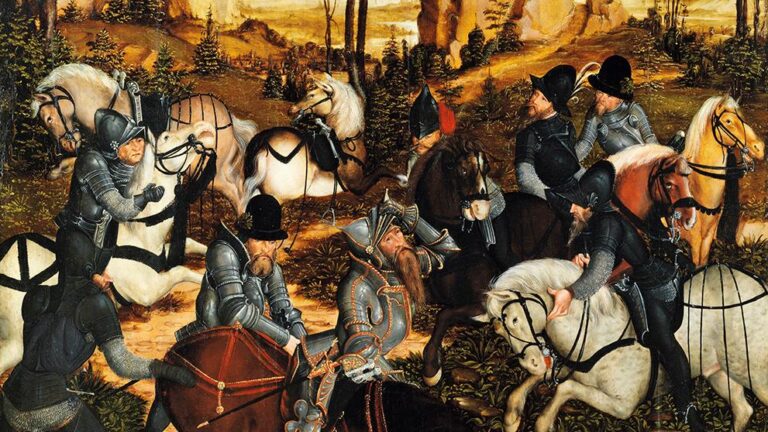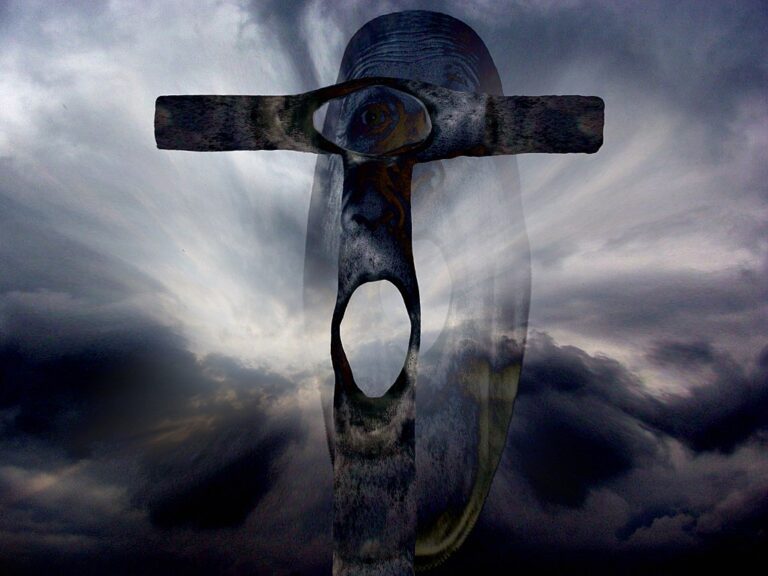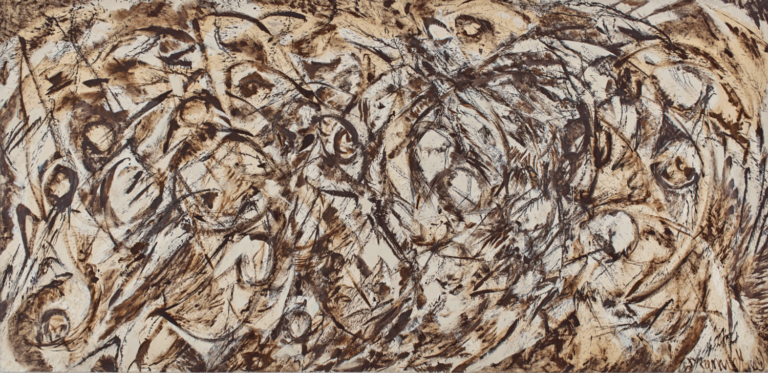Charles Laval Painter: Gauguin’s Forgotten Contemporary in Post-Impressionism
Born: 17 March 1862, Paris, France
Death: 27 April 1894, Paris, France
Art Movement: Synthetic and Symbolist
Nationality: French
Influenced by: Paul Gauguin
Institutions: Pont-Aven School of Art
Charles Laval Painter: Gauguin’s Forgotten Contemporary in Post-Impressionism
Charles Laval Biography
Charles Laval was a French painter who lived from 1862-1894. He played an influential role in both the Synthetic movement and the Pont-Aven School of Art; education and artistic connections profoundly shaped his life and art.
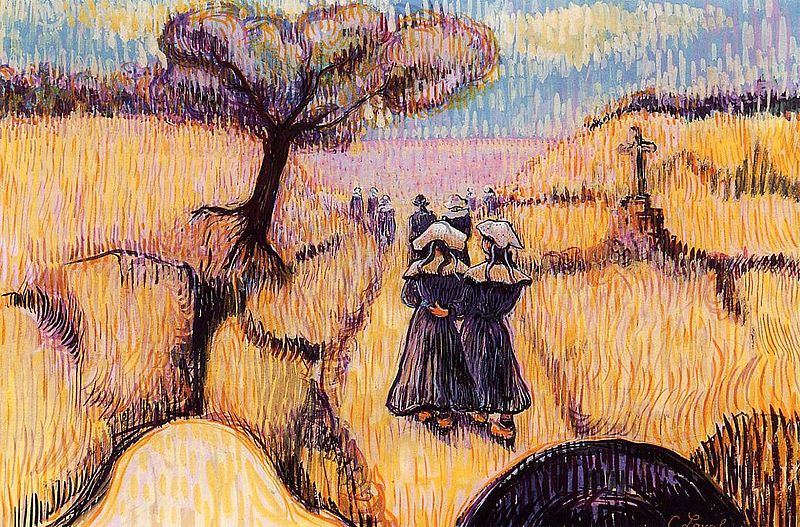
Bretons is a striking representation of rural life in Brittany
Early Life and Education
Charles Laval was born in Paris on March 17, 1862, during an exciting period in French artistic development.
As a youth, Laval studied art under prominent teachers Leon Bonnat and Fernand Cormon. Their lessons shaped his early style of painting.
Laval also met other talented young artists during his studies; one such artist was Henri de Toulouse-Lautrec, who later gained notoriety as an iconoclast artist.
Artistic Journey and Influences
Laval’s artistic career began to flourish after meeting Paul Gauguin. They quickly formed friendships and traveled together to Martinique in 1887, an experience that significantly altered Laval’s painting style.

Woman by the Sea, a captivating example of Post-Impressionism
After leaving Martinique, Laval moved to Pont-Aven in Brittany, where he joined a group of artists experimenting with new painting styles.
Laval worked to simplify and add color to his art, becoming close friends with Vincent van Gogh; Van Gogh even painted Laval’s portrait.
Laval’s career was unfortunately cut short when he died just 32 years old on April 27, 1894.
Professional Life
Charles Laval was a French painter active during the late 19th century who made significant contributions to post-impressionist art movements despite having only had a short career.
Pont-Aven School and Gauguin
Laval joined the Pont-Aven School in Brittany, France, during the 1880s, an artist colony known for utilizing bold colors and simplified forms.
At Pont-Aven, Laval first encountered Paul Gauguin, who would become one of his closest friends and artistic collaborators.
Laval and Gauguin to Panama and Martinique together in 1887, greatly influencing his use of vibrant, tropical colors in his paintings.
They collaborated closely in developing the Synthetic painting style, which employs flat areas of color for emotional expression rather than realistic representation.
Key Artworks and Styles
Laval was known for his portraits, landscapes, and still life paintings, which ranged from academic portraits to more experimental post-impressionist pieces.


Some of Laval’s notable paintings include:
- Self-Portrait (1888)
- Landscape paintings of Brittany
- Still life compositions
Laval utilized bright colors and simplified forms in his mature style, focusing on capturing mood and feeling instead of exact details.
Artistic Legacy and Death
Laval’s career was tragically cut short when he passed away from tuberculosis at only 32. This has greatly reduced the number of works left behind for posterity.
Though less well-known than some of his contemporaries, Laval was integral in post-impressionist movements. Working alongside Gauguin and Emile Bernard to pioneer new painting styles.
Laval’s work enormously impacted both Synthetic and Symbolist art movements through his bold use of color and simplified forms, which point toward future developments in modern art.
Cultural Impact and Context
Charles Laval was an integral figure in both Post-Impressionist art and the movement. His travels and relationships with fellow painters left their imprint on late 19th-century painting.
Connection with Van Gogh and Other Artists
Laval, Vincent van Gogh and Paul Gauguin formed important ties when they met at the Pont-Aven artist colony in Brittany in 1886. This encounter resulted in creative exchanges among all three painters.
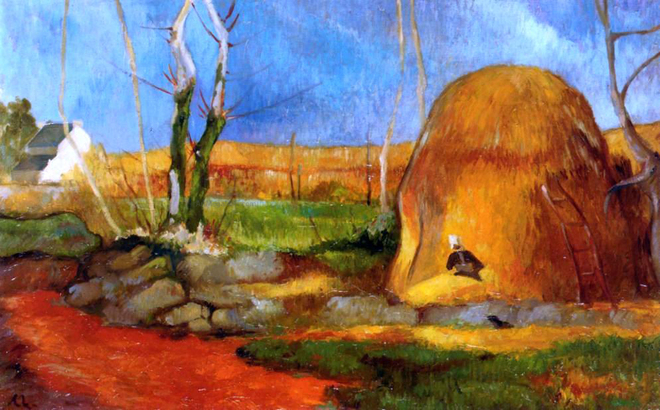
Harvest in Brittany, a striking example of Post-Impressionism
Van Gogh was deeply taken with Laval’s talents, even offering to trade paintings with him.
Laval collaborated closely with Emile Bernard, another key figure from their artistic circle.
These friendships influenced Laval’s style; he began using bolder colors and simpler forms, like his peers, which can be found throughout his artwork from this time period. These works also demonstrate clear links to Synthetist art movements emerging at this time.
Influence of Exotic Locations
Laval’s art changed significantly when he traveled with Gauguin to Panama and Martinique in 1887, encountering new cultures and landscapes.
Laval was drawn to Central America by its vibrant colors and lush scenery, so much so that he began painting more vivid, surrealist scenes from there.
His art began to display elements of Exoticism, an aesthetic trend in European art at that time.
Laval’s paintings from Martinique feature local people and tropical settings, providing European audiences with a taste of faraway places while simultaneously reflecting an increased interest in non-Western cultures among artists of his era.
Frequently Asked Questions
Charles Laval was a French painter from the late 19th century who worked in the Synthetic style and was part of the Pont-Aven School.
Who is known for being a friend and collaborator of Paul Gauguin?
Charles Laval was an artist and close collaborator of Paul Gauguin. He painted with him in Brittany before traveling to Martinique 1887 for painting sessions. Gauguin even made a portrait of Charles in 1886.
Which 19th-century artist’s work is characterized by depictions of the Brittany landscape?
Charles Laval was an artist who captured many scenes of the Brittany landscape through paintings. Specifically, he spent much time in Pont-Aven and other parts of Brittany, capturing the local scenery in his artworks.
What are the notable works of the painter associated with the Pont-Aven School?
Laval’s 1888 self-portrait can now be found in the Van Gogh Museum in Amsterdam and was also painted during his career in Brittany and Martinique.
How did the posthumous recognition of a certain French artist affect his legacy?
Charles Laval was only 32 when he died, limiting his output and recognition during his lifetime. After his passing, some of his works may have even been misattributed to more famous artists like Gauguin.
In what artistic style did this notable painter predominantly work during his career?
Laval primarily utilized the Synthetic style. This approach employed flat areas of color with simplified forms that were popular among artists from Pont-Aven School during the late 1880s and early 1890s.
What influence did the painter have on the Symbolist movement in art?
Laval was part of the Pont-Aven School. His work moved away from strict realism toward more stylized, emotive imagery.

